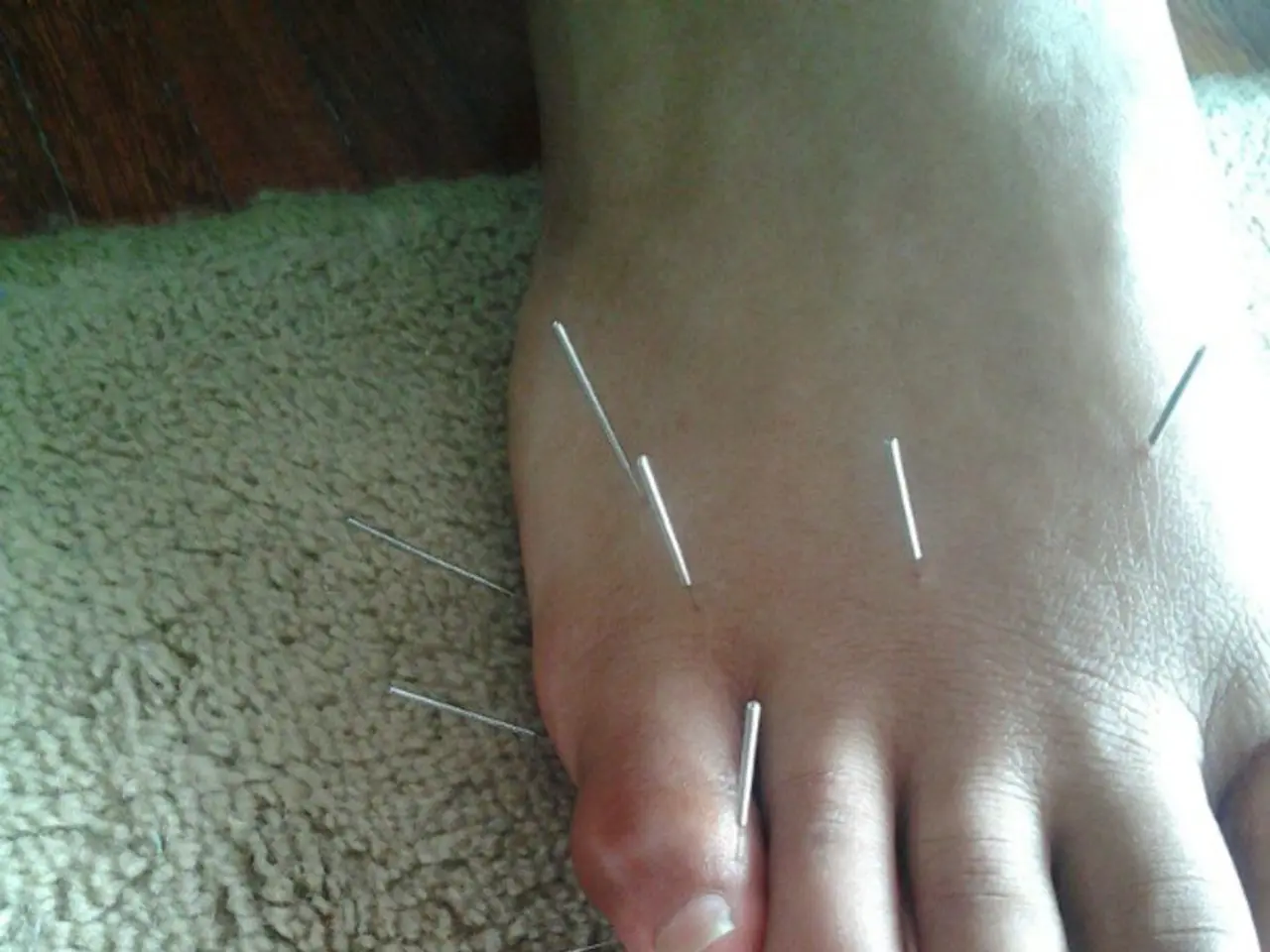Understanding Neuropathy as a Disabling Condition: Essential Information
Article: Qualifying for Disability Benefits with Peripheral Neuropathy
Peripheral neuropathy, a condition that affects the nerves outside of the brain and spinal cord, can lead to severe impairments that may qualify individuals for disability benefits from the Social Security Administration (SSA). However, it's important to note that neuropathy is not listed separately in the SSA's Blue Book (Listing of Impairments). Instead, claims are evaluated under the category of neurological disorders.
To prove neuropathy as a disability, claimants must provide medical evidence from neurological examinations, such as nerve conduction studies or electromyograms (EMG). They must also demonstrate severe functional limitations attributable to nerve damage, such as an inability to stand, walk, or use hands effectively. Detailed documentation from neurologists detailing how neuropathy affects daily living and functioning is also crucial.
The disability determination focuses on the extent to which neuropathy limits physical function, often comparing it to conditions that have designated listings, such as paralysis or motor loss. Successful claims rely on showing that the neuropathy results in extreme functional loss in one or more extremities, similar to listings for paralysis or motor loss. Claimants must also provide thorough and objective medical tests and reports to support their case.
The peripheral nervous system involves the nerves that send and receive messages to and from the central nervous system (brain and spinal cord). Neuropathy can stem from various causes, including diabetes and trauma. It can affect motor nerves (control muscle movement), sensory nerves (transmit feelings of touch, temperature, and pain), and autonomic nerves (control involuntary functions like breathing, digestion, and heart function).
Nonmedical evidence for a neuropathy claim can come from various sources, such as the claimant, family members, employers, educational personnel, clergy, and social welfare personnel. Tips for applying for disability under neuropathy include getting up-to-date medical tests, getting a residual functional capacity (RFC) test, and collecting evidence of the inability to work.
In sum, while the SSA does not have a specific, separate listing for neuropathy, claims are evaluated under broad neurological impairments with a focus on functional limitations. Claimants must document significant motor or sensory loss that impacts daily activities and work ability according to criteria for nerve damage or paralysis listed in the neurological disorders section.
References: - Harbison Kavanagh on qualifying neurological disabilities (2025) - Overview of SSA Blue Book listings and categories (2025)
- The failure of the Social Security Administration (SSA) to list neuropathy separately in their Blue Book (Listing of Impairments) does not preclude it from qualifying as a disability; instead, claims are assessed under the umbrella of neurological disorders.
- Chronic diseases such as chronic kidney disease and other medical conditions, including neuropathies, can lead to severe impairments if they result in extreme functional loss in one or more extremities, similar to listings for paralysis or motor loss.
- In the quest for disability benefits due to neuropathy, it is crucial to provide detailed documentation from neurologists, indicating how the neuropathy influences daily living and functioning, alongside thorough and objective medical tests and reports.
- The broad field of health and wellness, encompassing various disciplines like science, is significant in understanding the intricate neuropathies and their impact on the peripheral nervous system, ultimately aiding in the determination and development of treatments for chronic diseases and neurological disorders.




